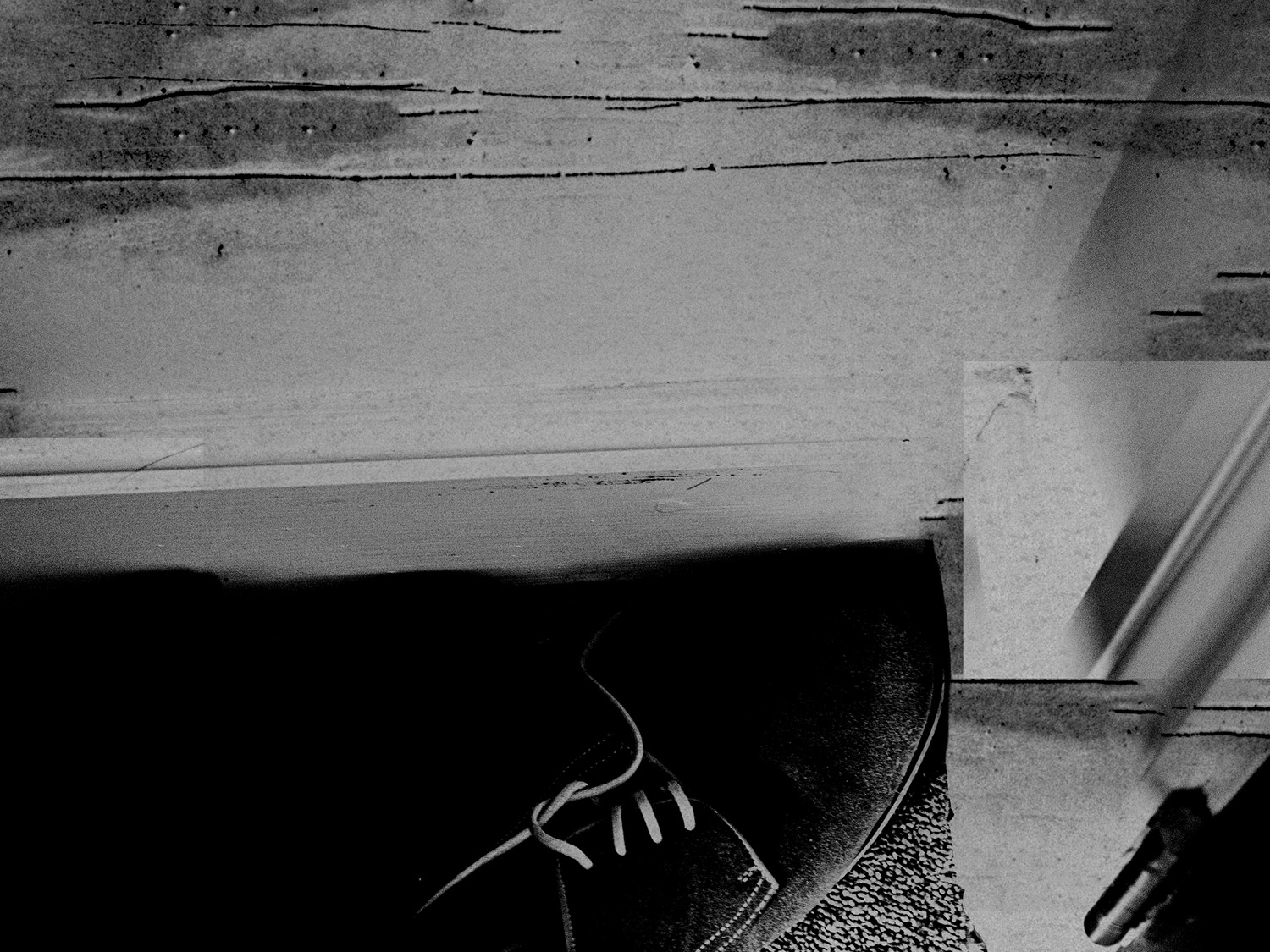Is a Physical Room Enough to Contain a Person?
From Coincidentia Oppositorum
By Nhut Nguyen

It starts with the disappearance of myself into the cracks of my walls, the tiny gaps between the skirting boards and the plasterboards that are filled with my skin detritus, the pipe from my sink overflown with my hair. And then the wall cavity attacks me with my own body parts, growing outwards and violates my lived space. I am soon nothing and the room everything.
If the physical boundary does not define the threshold between us and our own world, then what does?














Are my feet the threshold between myself and my environment? Can you simply lift up the toenail to enter my soul (as opposed to entering through the eyes)? Can the environment lure itself into my body through that tiny slit entrance?
If the physical boundary does not define the threshold between us and our own world, then what does?
My messy room remains a space for myself. I remove the physical walls to reveal the lived space containing time itself from September 2019 to April 2020. The Covid-19 pandemic forces me to create architecture from everything I have in the room, where the smearing of my room elements using the feet’s point of view - reveals the viscosity of the domesticity.
Being desperate from not being able to go out, I keep smearing my own domestic until the viscosity becomes space. Collage is a practice to investigate the threshold between parallel worlds.
Until at some point, the threshold between my feet and my domesticity is blurred.
I become a physical room, and the physical room becomes I.
![]()
![]()
If the physical boundary does not define the threshold between us and our own world, then what does?
My messy room remains a space for myself. I remove the physical walls to reveal the lived space containing time itself from September 2019 to April 2020. The Covid-19 pandemic forces me to create architecture from everything I have in the room, where the smearing of my room elements using the feet’s point of view - reveals the viscosity of the domesticity.
Being desperate from not being able to go out, I keep smearing my own domestic until the viscosity becomes space. Collage is a practice to investigate the threshold between parallel worlds.
Until at some point, the threshold between my feet and my domesticity is blurred.
I become a physical room, and the physical room becomes I.






︎︎︎
Note from the editor:
Nhut Nguyen explores thresholds, quite violently too. His project "Is a physical room enough to contain a person?" mercilessly dissects the postulate that we are somehow separate from our environment. Regarding his method, we would be bold to locate his work within a singular modus operandi.
The questions are phenomenological in spirit but executed with a rigour that could generously be described as scientific.
We say this because he is surgical in his use of collage, image and drawing to examine the thresholds between the seemingly parallel worlds of Nhut and his environment.
Unlike most phenomenologically oriented work, he actually arrives at an answer: "I become a physical room, and the physical room becomes me." And boy, in the current climate, it is increasingly likely for us to mistake this answer to be more than mere metaphor, given our newfound, and inextricable intimacy with, our domestic spaces.
Note from the editor:
Nhut Nguyen explores thresholds, quite violently too. His project "Is a physical room enough to contain a person?" mercilessly dissects the postulate that we are somehow separate from our environment. Regarding his method, we would be bold to locate his work within a singular modus operandi.
The questions are phenomenological in spirit but executed with a rigour that could generously be described as scientific.
We say this because he is surgical in his use of collage, image and drawing to examine the thresholds between the seemingly parallel worlds of Nhut and his environment.
Unlike most phenomenologically oriented work, he actually arrives at an answer: "I become a physical room, and the physical room becomes me." And boy, in the current climate, it is increasingly likely for us to mistake this answer to be more than mere metaphor, given our newfound, and inextricable intimacy with, our domestic spaces.
